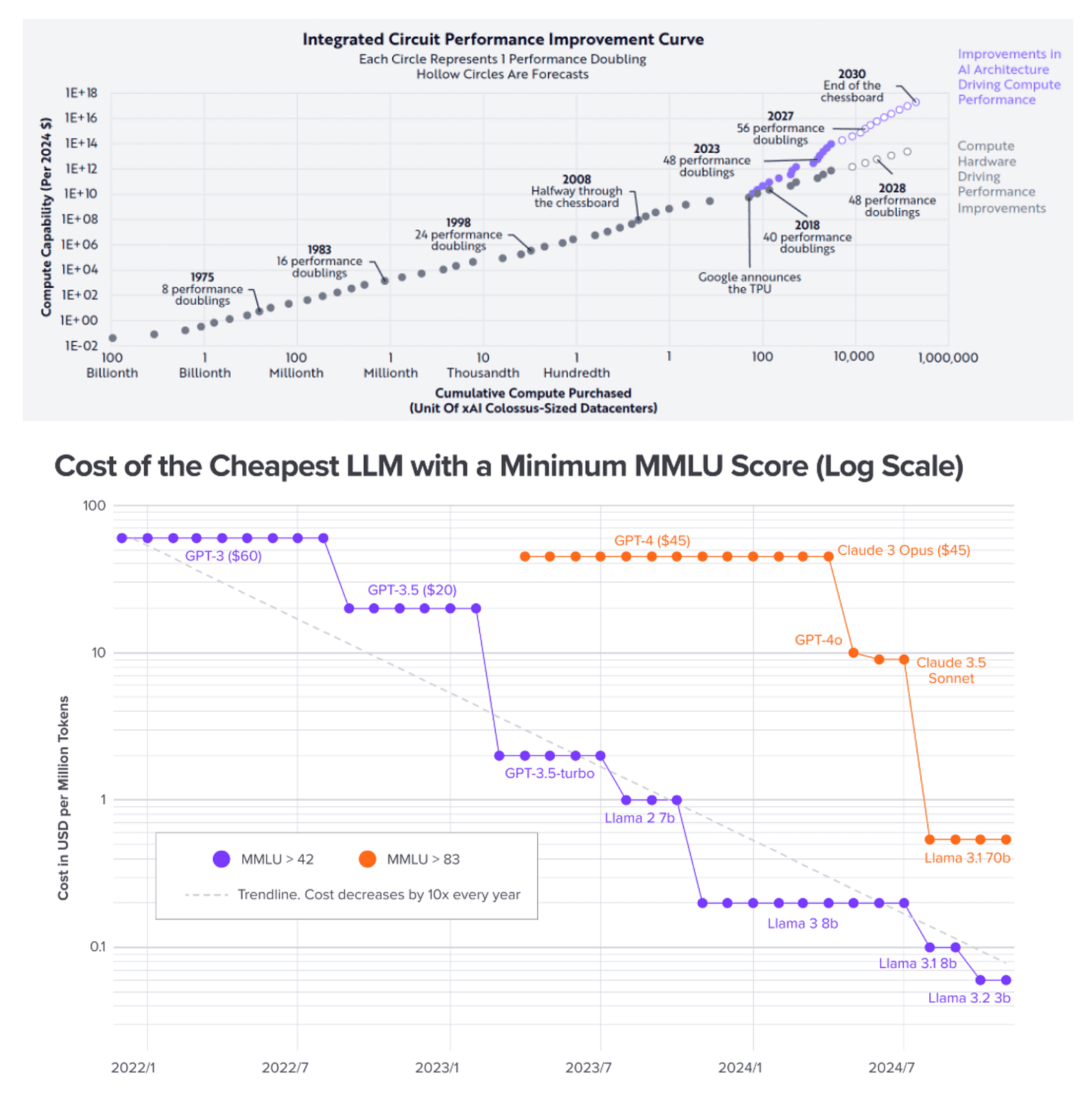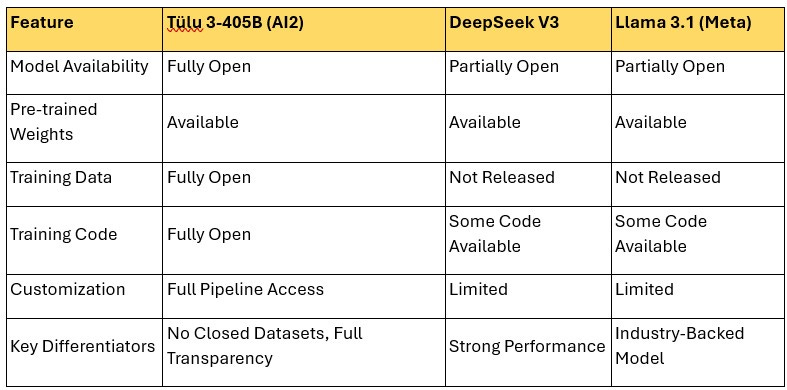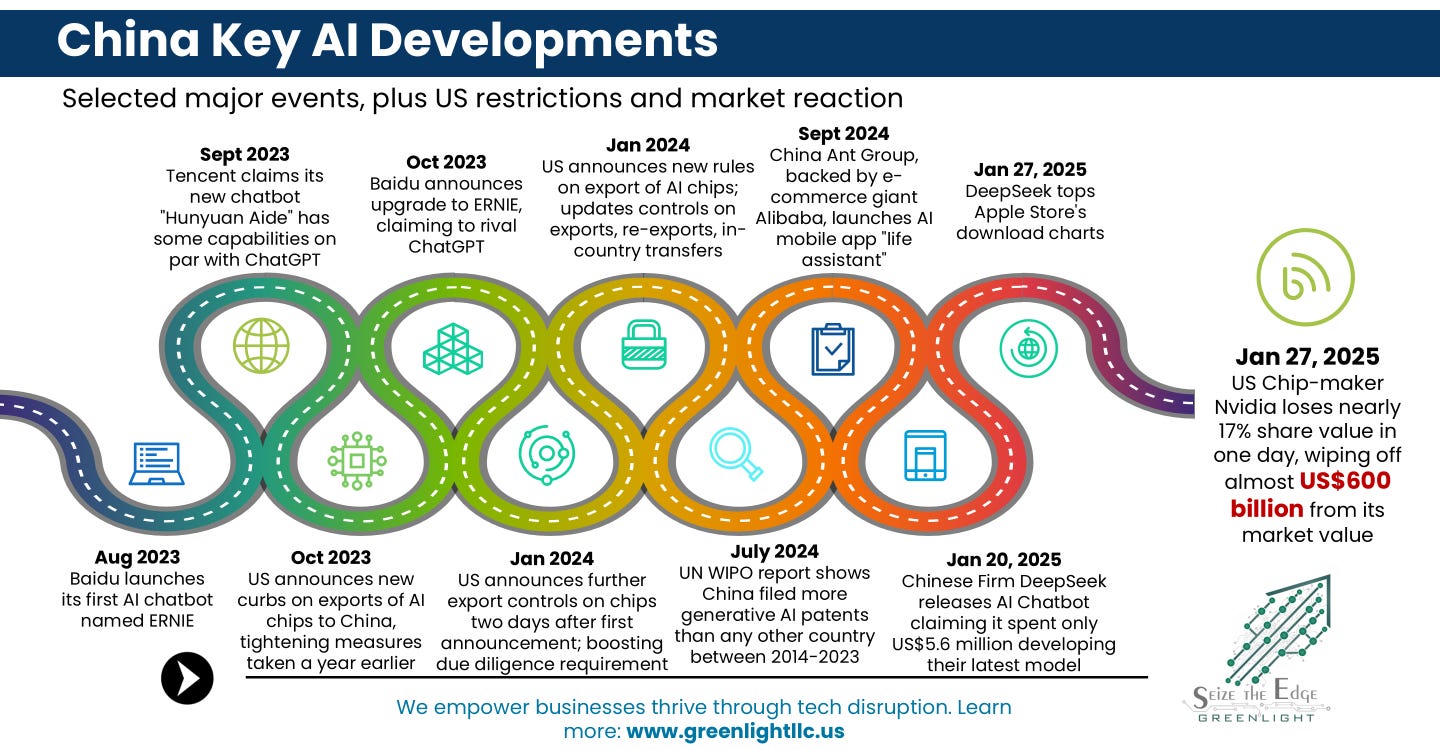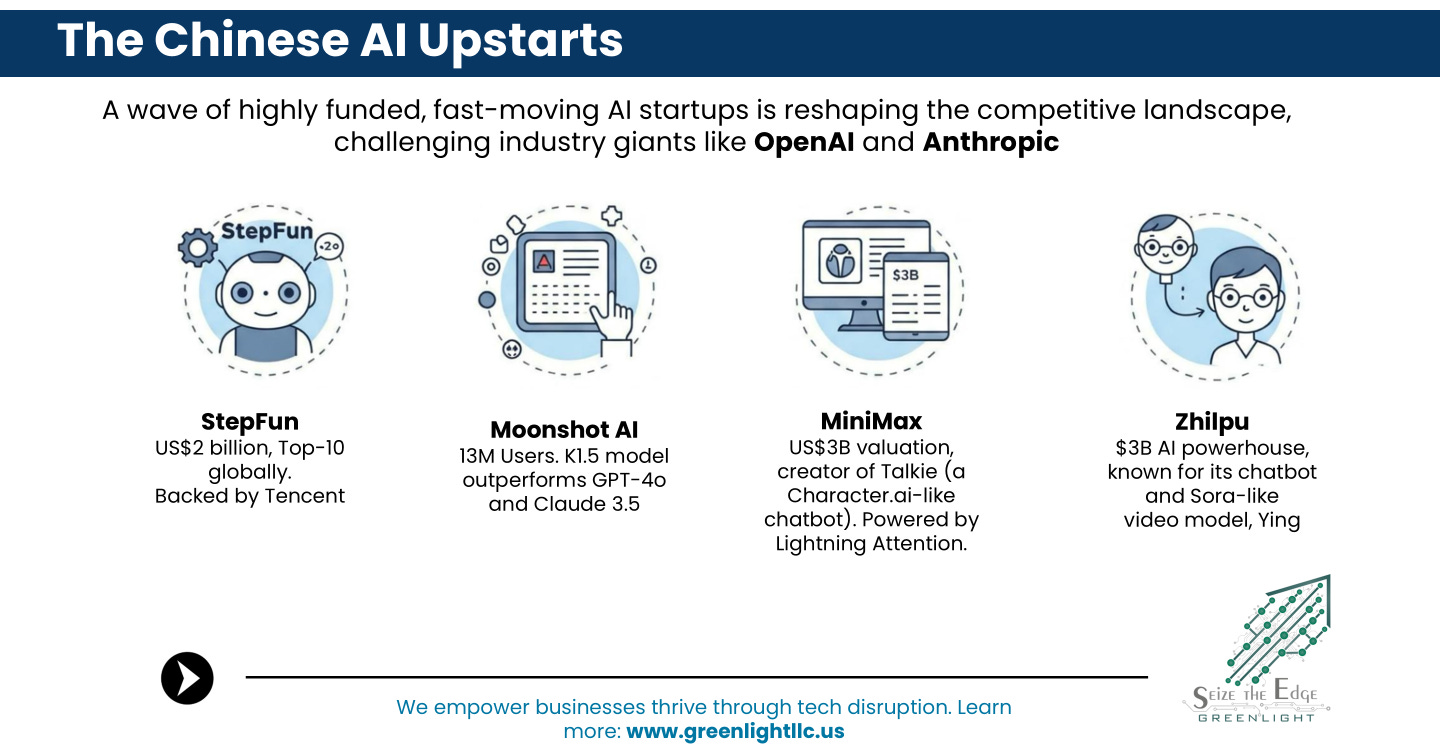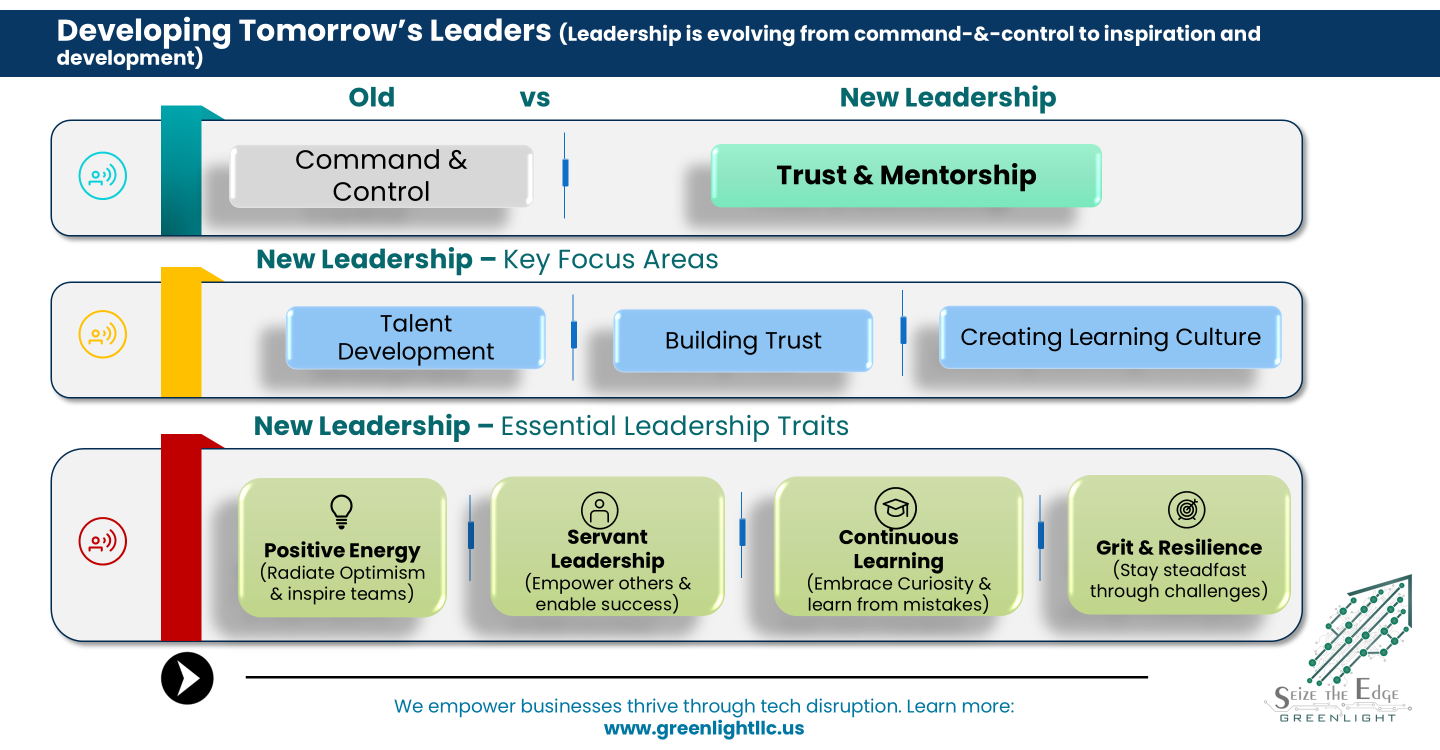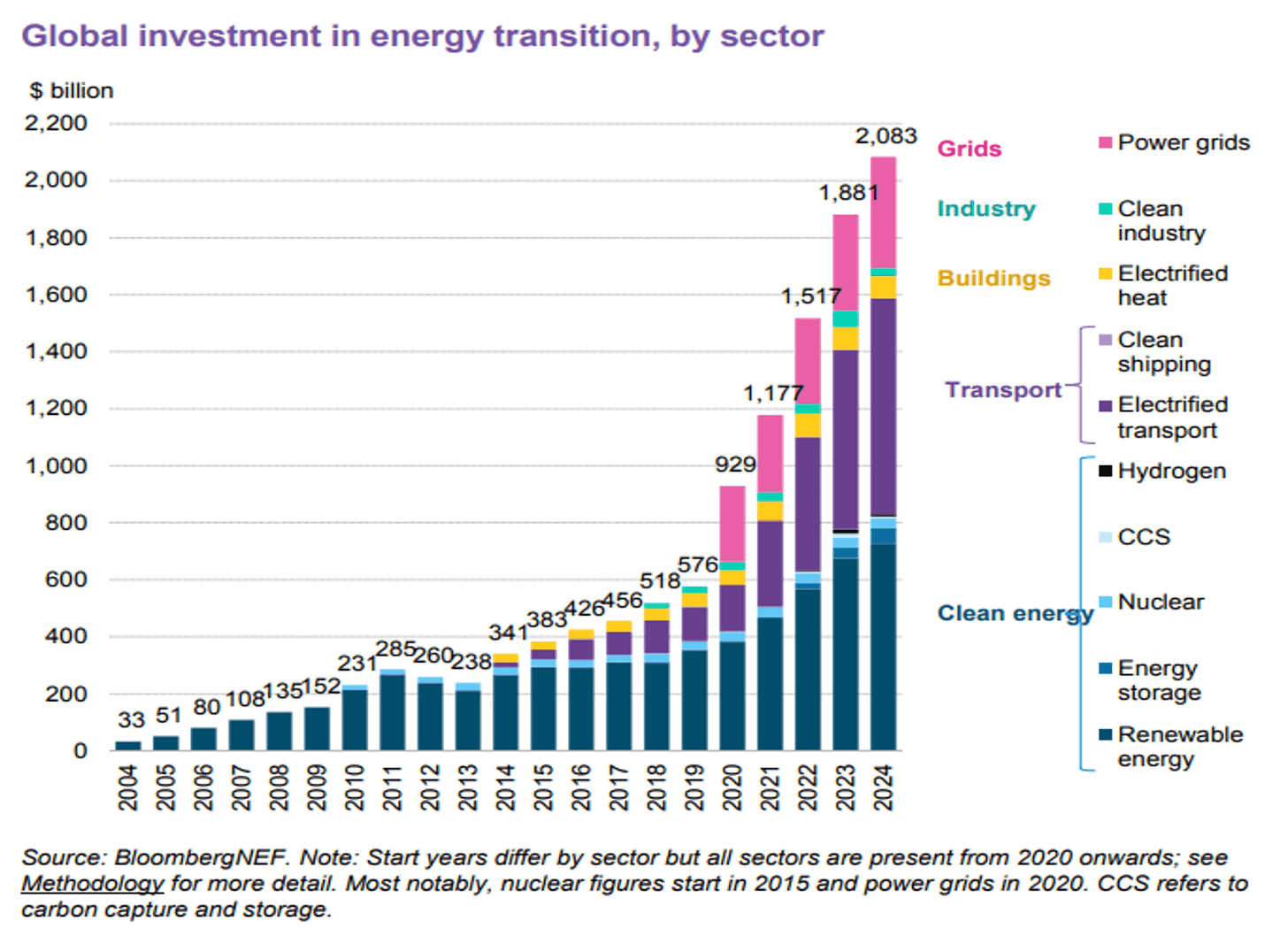Binary Circuit - February 07, 2025
Your weekly guide to most important developments in technological world
Binary Circuit investigates trends, technology, and how organizations might profit from rapid innovation. GreenLight, brain behind Binary Circuit, finds possibilities, analyzes challenges, and develops plans to fit and grow firms to stay ahead. Looking to scale your business, partners, or AI/technology integration, schedule a free discovery call:
Welcome to Binary Circuits’ 7th weekly edition
This week's must-know developments:
The fast expansion of AI confronts a question: is the hype exceeding practical uses?
Race to lead AI development is in hyperdrive. OpenAI, Google, and China's AI behemoths drive invention at an explosive pace.
Can AI-generated content be copyrighted? A landmark ruling could change everything for creators.
Leadership traits for the next generation: Companies need leaders with key traits like resilience and humility. Developing future leaders is crucial.
Let’s dive in!
AI landscape is entering a hyper-competitive environment. Is too much money chasing AI with no “killer applications” (yet). How much is too much? Where is this heading? What to watch out this year?
We believe that generative AI is a step change in technological innovation. The technology has the potential to hypercharge several other exponential technologies’ development. In 2024, frontier companies launched several new models with increased capabilities. We saw a glimpse of agentic AI, open-source gained momentum, and reasoning models started to take center stage. The launch of DeepSeek-V3 in December and its reasoning model R1 seem to have put oil on fire.
What’s driving the trend?
Computational performance is multiplying quickly. ARK Invest Big Ideas 2025 put this in the context of a chess board. The idea is that if you start from the first square and double on every square, you end up doing 64 doublings (power of compounding). This means performance per dollar of AI computing power could improve >1000x by 2030.
Secondly, AI training costs are declining at roughly 75% per year, and inference costs at nearly 90%. According to Andreessen Horowitz, LLM inference costs have dropped 1,000x in three years. In November 2021, GPT-3 (MMLU 42) cost $60 per million tokens. Llama 3.2 3B from Together.ai now achieves the same score for just $0.06 per million tokens.
Two main trends are evolving in AI development.
First, the frontier model developers, like OpenAI, are still in the camp to put in as much money as possible and as fast as possible to scale the models and be the first to develop artificial general intelligence (AGI). Last week, Sam Altman said at a conference with Masayoshi Son that he will announce AGI within two years. Depending on how one defines AGI, there are several forecasts.
The second camp is the companies that use the frontier models and apply techniques like distillation and quantization, among others, to develop small language models with niche models capable of doing specific tasks better than others. This is also leading to more use of reasoning models.
The models coming out of China are competitive with the Western companies at lower costs (debatable). The development has created a panic environment and pressure to reduce costs and increase performance. A flurry of models has been announced since the DeepSeek-R1 release on January 20 (see notes below).
The key question is how far the frontier companies will go in terms of investments to remain competitive.
Will the focus turn to developing actually usable apps that generate revenues? Is this creating an environment where too many companies spend a lot of money doing almost the same thing? This might lead to many losers.
We believe that 2025 will be a defining year in the AI landscape. Trump administration in the U.S., with more technological representation in his team than ever, could open more ways for investments and developments while reducing regulations.
China will continue to catch up and maybe supersede the U.S. in some areas of AI development. Our conviction is that AI deployment to generate revenues will gain traction in China much faster than in the U.S.
Agentic AI applications where the content generation will scale up to act will start taking shape, with hopefully some commercial applications.
Model compression to run locally on devices will become the new focus area of R&D, which promises to increase privacy and lower energy footprint (could derail NVIDIA’s train?).
The regulatory debate on whether the energy used by the models should be restricted could become much more visible. Reasoning models use more energy during inference as they think more.
We believe the winners will be the companies in the application layer and, to some extent, the platform layer.
Where do you see AI heading?
The global showdown of the AI models—a race to innovate faster
Since DeepSeek-R1 arrived on January 20, 2025, the AI space has become a high-stakes conflict. DeepSeek V3 really stood out because of its engineering solutions driving efficiency. With the help of reinforcement learning, R1-Zero raised the stakes.
A constant stream of new models boasting superior performance has increased the competition. While OpenAI is under pressure to innovate to maintain its top position, Chinese AI companies fiercely compete among themselves and against global giants.
OpenAI’s o3-mini, directly responding to DeepSeek’s R1, gives high performance at a competitive price.
Google joins with the launch of the 2.0 line of models, its most efficient version, and in line with its strategy to lead in AI agents.
Alibaba’s Qwen 2.5-Max now claims to work better than GPT-4o, DeepSeek-V3, and Llama-3.1-405B.
Tülu 3 (AI2) is shaking up the open-source world and doing better than DeepSeek-V3 and GPT-4o in many ways.
The number of new models is staggering, but one thing is certain: artificial intelligence is evolving at an unprecedented rate.
Three key trends to note:
Open-Source against Proprietary AI: Who wins? History favors Open Source.
A big battle is going on between fully open and partially transparent models. The open-source movement is supported by Tülu 3 from Ai2 because it makes all of its training data, code, and weights available to everyone. Other top models, on the other hand, are more or closed-ended.
Reinforcement Learning from Verifiable Reward (Tülu 3) is a novel approach encompassing:
Effective parallel computation among 256 GPUs
Synchronized weight optimization
Balanced computational distribution across 32 nodes
Integrated vLLM using tensor parallelism in sixteen directions
The trifecta of speed, accuracy, and cost in AI performance.
Now included into ChatGPT, OpenAI’s o3-mini shows:
24% faster reaction times than o1
improved scientific and mathematical accuracy
Pricing $0.55 per million input tokens and $4.40 per million output tokens
Although OpenAI is quickly closing the pricing difference, DeepSeek R1 is still more reasonably priced.
Google’s 2.0 model line-up could be a harbinger of the proliferation of AI agents.
Google announced new models in the 2.0 series this week:
Gemini 2.0 Flash: The fast, reliable workhorse is now generally available.
Gemini 2.0 Flash-Lite: A budget-friendly option for broader access.
Gemini 2.0 Pro: Complex task and coding juggernaut.
Key enhancements and new features include:
Massive data processing: Gemini 2.0 Pro can process vast volumes of data with a 2-million token context window.
Integration: Added Google Search and code execution for dynamic apps.
Multimodality: The model can understand and generate text, graphics, video, and audio.
Google’s enhanced reasoning capabilities improved its benchmark testing scores. It got 73.3% on AIME (math) and 74.2% on GPQA Diamond (science).
Price and accessibility:
Gemini 2.0 Flash costs 10 cents for every million tokens to enter text, pictures, or videos.
Flash-Lite costs only $0.0075 per million tokens, making it an even cheaper choice.
Google is using AI tools to make web searches more engaging and rewarding.
CEO Sundar Pichai listed three critical projects:
Deep Research: AI agents that write detailed search reports.
Project Mariner: Like OpenAI’s Operator, it browses websites for consumers.
Project Astra: A real-time AI assistant that can instantaneously process live footage and answer inquiries, possibly enabling AR eyewear.
China’s AI rise – watch out for cost and real-life killer apps.
In 2024, Chinese AI companies only raised $5.2 billion. In contrast, U.S. AI companies raised $76.3 billion. However, technology leverage is helping China improve and fight on the global stage.
China’s AI strategy optimizes strong AI for low-resource hardware, which could shift the game.
On many tests, Alibaba’s Qwen 2.5 beats DeepSeek-V3.
ByteDance, Moonshot AI, Zhipu AI, Baichuan AI, MiniMax, and DeepSeek are aggressively launching models and penetrating global markets.
Many of these “AI tigers” have reached $1B+ valuations, supported by China’s IT giants and government.
AI Agents are beginning to shake the productivity matrix.
From a research tool, artificial intelligence is becoming a regular everyday productivity booster.
Google’s Gemini Live – Pixel 9 users now have instant access with context-aware AI assistance. It allows users to access information instantly, ask questions, and receive context-aware responses, thereby boosting productivity
OpenAI’s Operator – Automates browsing, bookings, and online tasks.
Deep Research (OpenAI) – A novel feature outperforms GPT-4o and o3-mini in expert study. This feature enhances ChatGPT’s research capabilities by allowing users to explore complex topics, gain specialized information, and get detailed answers to complex questions.
Challenging times for Businesses looking to leverage AI – what can they do?
The rapid AI innovation benefits businesses with better pricing and more choices, but it also brings challenges:
Decision paralysis – Too many options make it hard to choose the right model.
Tech lock-in risks – Companies struggle to future-proof their AI investments because of the risks of lack of interoperability.
Businesses must evaluate quality, speed, latency, price, and context window size. Platforms like Artificial Analysis, ChatLabs, and ChatBot Arena help compare models and find the best fit.
At Greenlight, we specialize in cutting the noise and tailoring the IT solutions for your specific needs. Book a discovery call to discuss with our network of experts.
AI content with a human touch can be copyrighted now. What does it mean, and why is it important to know?
A landmark U.S. Copyright Office decision states that AI-created works can be protected by copyright if there is clear evidence of human creativity. This verdict is crucial for content creators, musicians, and artists using AI tools because it establishes ownership in the era of generative AI.
What does the ruling state?
Sole AI creations are not copyrighted. The Copyright Office has underlined that the preservation of copyright depends mostly on human innovation. Copyright may apply if someone alters, organizes, or adapts AI-generated content to reflect their creative effort.
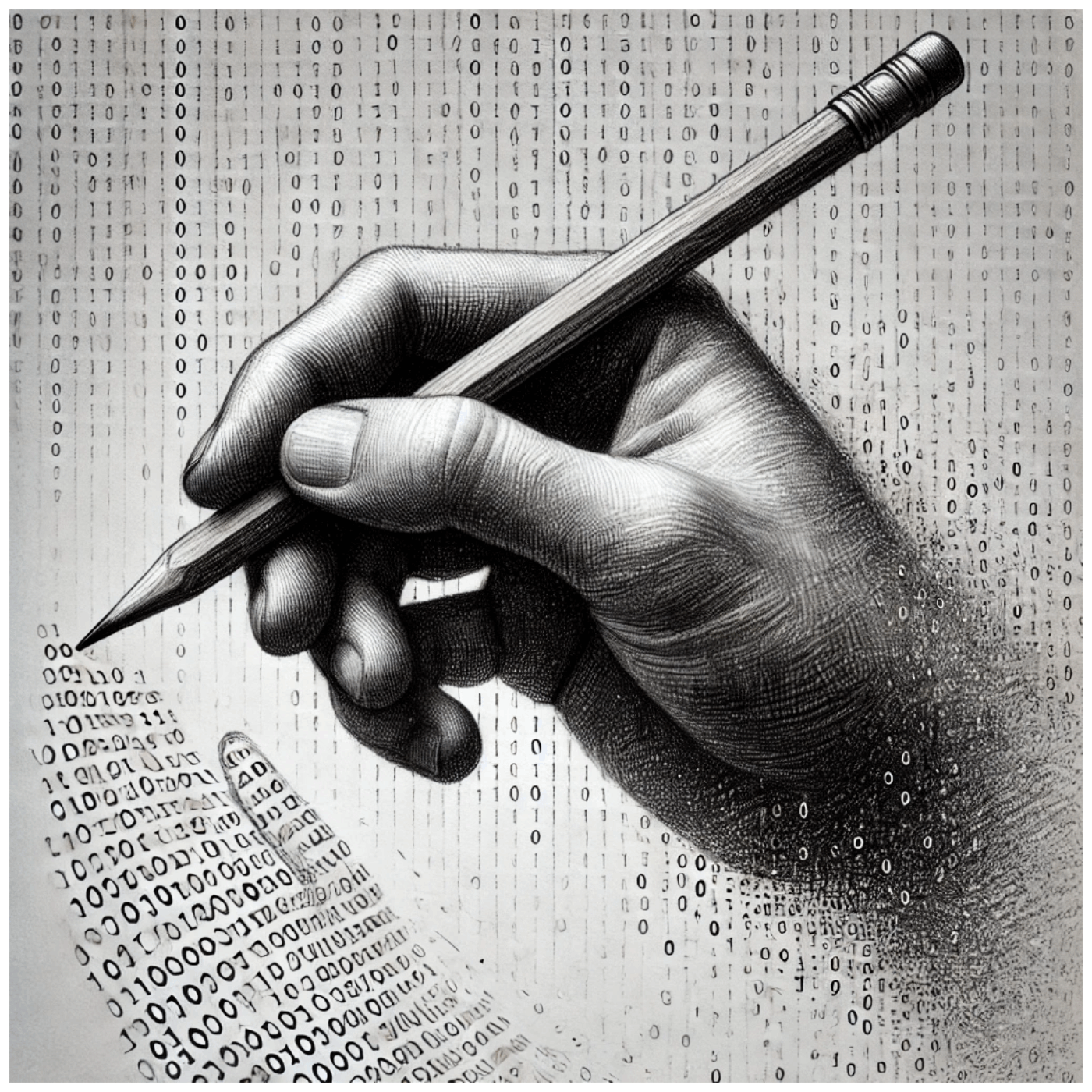
Why does it matter?
This decision dramatically affects businesses that depend on AI for creative work, such as:
Entertainment & music — AI-assisted compositions and scripts can now be copyrighted, encouraging studios and artists to use AI.
Digital art & design: Artists using AI technologies like MidJourney or Stable Diffusion may protect their work with enough human originality.
Marketing and material creation - AI can safeguard branded material against copyright infringement.
However, the ruling does not address the contentious issue of AI training on copyrighted material.
Impacts on businesses and AI development.
It will change how businesses and creators use AI and create new standards for human-AI collaboration:
AI adoption accelerates - Clearer copyright laws will encourage more enterprises to use AI in creative processes.
New revenue streams: AI-assisted creations allow artists and creators to create more material and develop their businesses.
Human-AI cooperation becomes the standard: Focusing on human input will drive organizations to combine AI and creativity for better results.
Licensing & liability risks: Companies must disclose and use AI-generated material reasonably to avoid legal issues.
The image below from Rose Enigma (more about the artist here) shows the human-AI collaboration.
Even though AI is here to stay, human ingenuity is paramount. As corporations and creators navigate this new landscape, those who embrace human-AI synergy will lead the next wave of media, art, and entertainment development.
Why leaders should focus on developing the next generation of leaders, and how.
Leadership is more complicated than ever. Global risks, rapid technical breakthroughs, and changing labor demands require a fresh approach. Leadership is about developing future leaders, not just navigating complexity.
Many believe leadership implies making decisions, giving commands, and enforcing them. The best leaders inspire rather than command. They create an environment where people want to follow, not have to. In a world where workers wish for autonomy and significance, leadership must shift from control to cooperation, trust, and mentorship.
CEOs must manage talent. They will find and develop leaders. They must promote trust, transparency, and learning. CEOs can ensure their organizations thrive in constant change by exhibiting the desired leadership attributes and building a strong leadership factory.
The McKinsey article noted that this perspective shift required a fundamental leadership rethinking. Leaders are no longer lone heroes making all the decisions. These leaders must be servant leaders who prioritize team success and the organization’s mission. They must be humble, open to learning, and vulnerable. This builds trust and teamwork, which is necessary in an agile and adaptable society.
Cultivating Essential Traits:
A McKinsey article identifies six key traits for 21st-century leaders:
Positive Energy and Inspiration: Leaders need to radiate optimism and inspire their teams, even in periods of uncertainty.
Servant Leadership: Focus on empowering others and enabling their success.
Continuous Learning: Embrace curiosity, take risks, and learn from mistakes.
Grit and Resilience: Remain steadfast in facing challenges and bounce back from setbacks.
Cheerfulness: Use humor to build connections and defuse tension.
Stewardship: View themselves as caretakers of the organization, focused on long-term sustainability and leaving a heritage.
Creating Leadership Factory:
Great leaders produce more leaders. The “leadership factory” notion applies here. It’s about creating an organization-wide leadership culture.
Key Elements of a Leadership Factory:
Define Leadership Attributes: Clearly articulate the desired traits and behaviors.
Early Engagement: Provide high-potential individuals with challenging opportunities and mentorship.
Immersive Development: Create personalized learning experiences led by senior executives.
Lead Self, Lead Others: Encourage self-awareness and personal growth as a foundation for leading others.
Empowerment and Feedback: Provide continuous feedback and create opportunities for self-directed learning.
Ultimately, leadership is about creating a ripple effect. It’s about empowering individuals to step up, take ownership, and become the leaders of tomorrow.
Are you nurturing the leaders of tomorrow?
Chart of the week:
Global Investments in Clean Energy Hit New High!
Global low-carbon energy transition investments reached $2.1 trillion in 2024, a record. That’s an 11% y-o-y increase!
Things to know:
Investment in electrified transport reached $757 billion in 2024, driven by electric vehicles, public charging infrastructure, and fuel cell vehicles.
Wind, solar, biofuels, biomass, and other renewable energy investments totaled $728 billion. The earth is greening!
Renewables, energy storage, and electric cars receive $1.93 trillion in investments. Hydrogen, carbon capture, and sustainable shipping saw a 23% investment drop.
China leads with $818 billion in clean energy, up 20% from 2023.
However, there’s still a long way to go. From 2025 to 2030, the world must invest $5.6 trillion annually to reach global net-zero by 2050. The journey to fully decarbonizing the economy is just beginning!
Sound Bites you must know:
Cerebras Systems will host DeepSeek R1 in the U.S. – 57x faster than NVIDIA’s GPUs, promising to keep AI data secure and local.
Researchers successfully used stem-cell-derived heart muscle patches to improve damaged hearts, a step forward in regenerative medicine.
Galileo launches Agentic Evaluations to fix AI agent errors before they cost you
Salesforce finds that 93% of IT leaders see value in AI agents but struggle to deliver
MIT’s bug-sized robot can fly 100x longer than prior prototypes and has potential application in pollinating crops to help save bee populations.
Tesla will launch an “unsupervised, no one in the car” robotaxi service in Austin, Texas, in June 2025.
Thank you, for reading and supporting our work!
Team,
Binary Circuit
Greenlight


